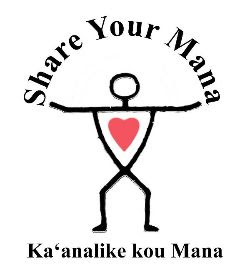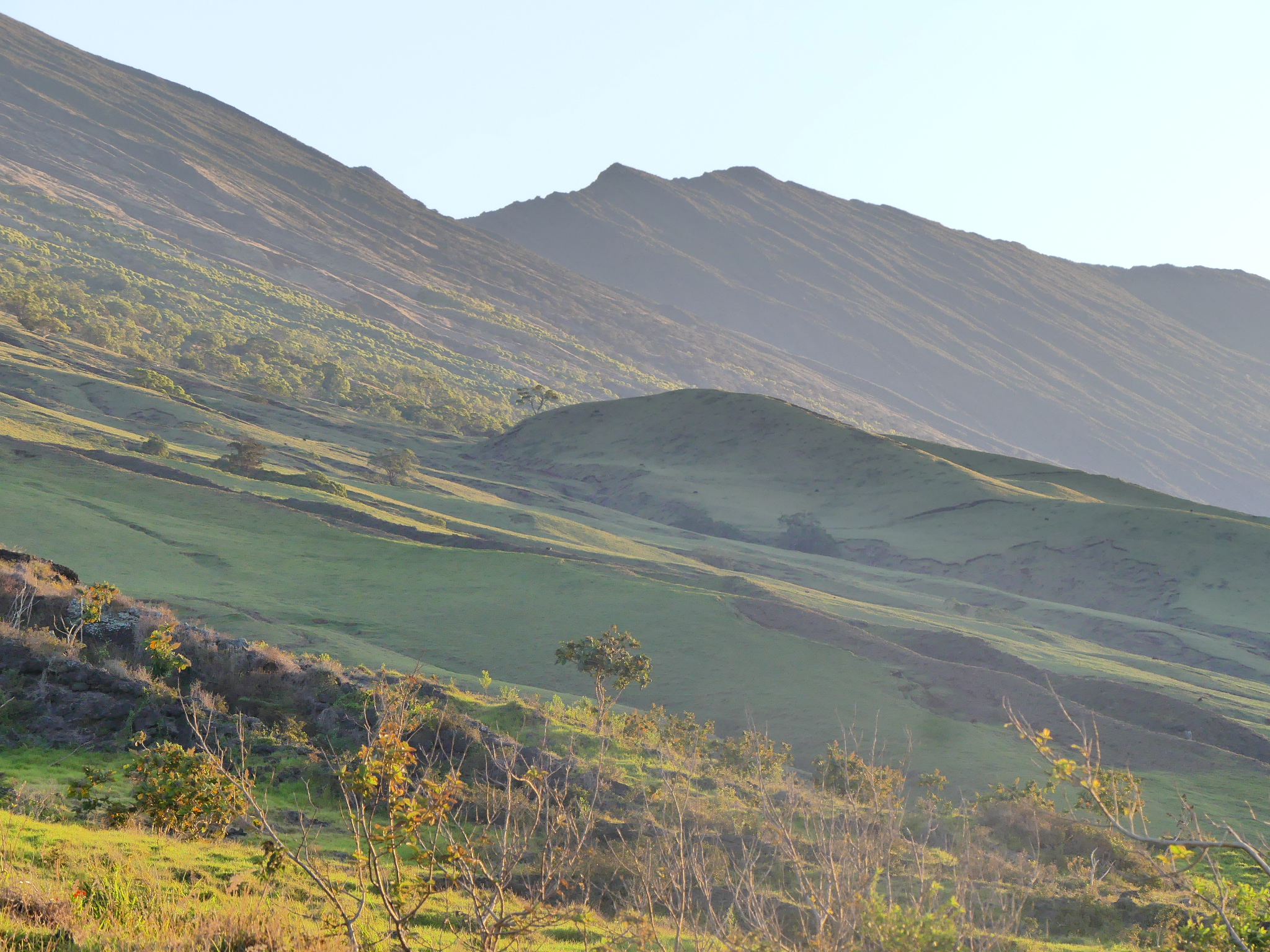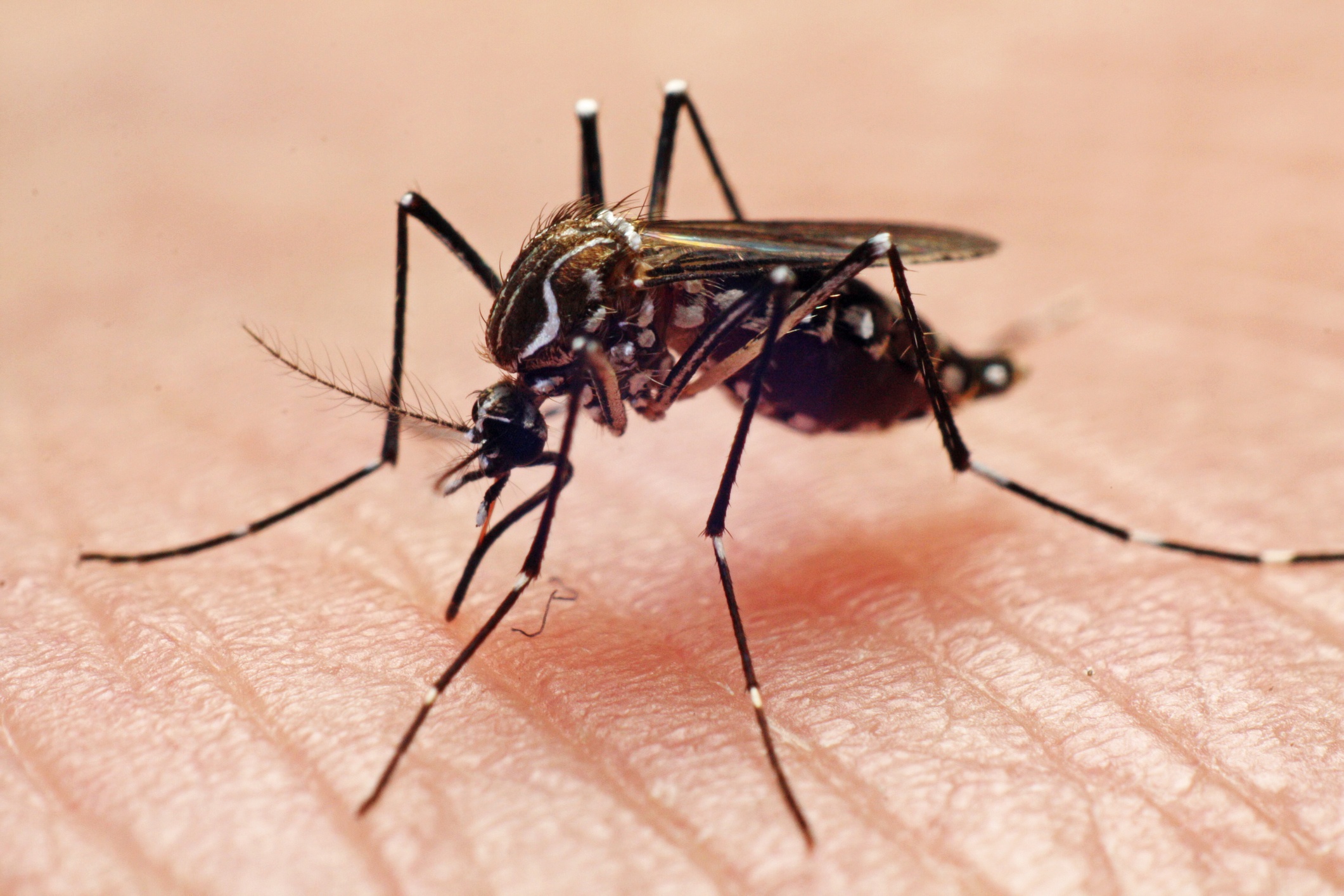Kahikinui Hawaiian Homestead, Maui – Hawaiian Homesteads across Hawai‘i have had their issues, no one will deny that. With the sluglike pace that the Department of Hawaiian Homelands (DHHL) has taken in providing ‘aina (land) and housing to beneficiaries, it’s a wonder that Homestead Associations even had a chance. After completing an astonishing course of anguish and accolades, Kahikinui Hawaiian Homesteaders have reemerged and are on a path to a stronger future.
The expansiveness of the southwestern region is difficult to comprehend without physically standing in front of the vast rolling rocky landscape. Kahikinui is the largest area of open range land in all of Maui’s homesteads. A controversial notice was sent to Kahikinui Homestead awardees last year nudging homesteaders to take ownership by building and living on the awarded lots. Despite the argued incorrectness of this approach as being an adhesion contract, the DHHL has seen a recent surge of leseeships that have increased the active homesteaders and homes that have been built. There are a total of 76 Kahikinui lots.
Three years ago the DHHL made a poor decision to hire a commercial operator to deal with ungulate management and it turned the community upside down and fractured the small group of rough-living homesteaders. There was a desperate need to strengthen communications amongst Kahikinui Homesteaders. The newly-organized Kahikinui Hawaiian Homestead Association (KHHA) worked hard to find lot awardees and they produced an improved contact list. This provided for full beneficiary reach and allowed input from those who had long lost a means to connect with their homestead neighbors. Other homestead associations began supporting KHHA and helped fill the gaps where DHHL had forever failed in making beneficiary reach and the legally required beneficiary consultation.

The Kahikinui region has had a myriad of homesteading challenges like fires, wild cows, and feral animal management. The seriousness of the issues is what compelled some homesteaders to form the Kahikinui Hawaiian Homestead Association (KHHA). Years prior there was some representation by beneficiaries through the homeowners association known as Ka ‘Ohana O Kahikinui (KOOK). With unchanging bylaws stating that only full-time residents could represent the organization board, eleven residents made decisions for 22 thousand acres. This antiquated prescript had unfortunately limited the organization’s ability to regulate its affairs and distorted the behavior of some members who were confusingly empowered.

A few weeks ago Maui country folk feverishly began speaking about the Department of Land Natural Resources (DLNR) and DHHL in partnership in an eradication storm from the sky. It was said that there were plans to shoot animals from the helicopters, goats, deer, and cattle also included in the said slaying. Questions to Department heads were avoided and resulted in evasive answers and stall tactics. The newly formed KHHA took swift action and reached out to all involved parties to discuss the matter. With the experience of having produced three grants for Maui County feral animal management, the group took the reins of the conversation.
On Sunday, May 23rd, the homestead association, KHHA, and the homeowners association, KOOK, met at the Kahikinui Communications Center. The chilly morning fog rolled into the mid-level Kahikinui open hale structure demanding an alert and productive body of beneficiaries. Remote attendance was incorporated via Zoom and Kahikinui lot awardees from all over Hawai’i joined in. Meeting Secretary Desiree Graham moved the meeting forward with impressive decorum. There was a clear understanding to let everyone speak and complete their thoughts. Discussions were in-depth, satellite participation proved successful, and hearty action steps were planned.


Saving the most important for last was the game and land management discussion. The underlying knowledge that Leeward Haleakala Watershed Restoration Partnership had imploded brought urgency to decisions concerning the fragile forest above the homestead. The goats, pigs, and aggressive bulls continue to threaten homesteaders’ safety and well-being. The absence of water delivery on the mountain adds difficulty for survival. In dealing with these critical issues, it was quickly made clear that Kahikinui homesteaders are, perhaps unbeknownst to them, inherit ranchers.
- Video of James Hopii speaking on the fragility of the Kahikinui, Maui forest: https://vimeo.com/557867321
Neighboring ranches shared intel, guest consultants divulged, and subject-area experts prepared homesteaders for the work ahead. Kahikinui homesteaders have taken the reins of their homelands and the cooperative created is blessed with a diverse medley of kanaka. The working committee has a loose title for now appropriately boasting the name, Get ‘Er Done Committee and this cattle working group has fast formalized. With the compounded disruptions homestead families have felt over the last three years, it is comforting to know that on the southwestern side of Maui island there is an evolving example of off-the-grid living that is quickly modeling sustainable choices of homesteading. The sacred compass of Kahikinui is finally pointing in a positive direction.





You must be logged in to post a comment.